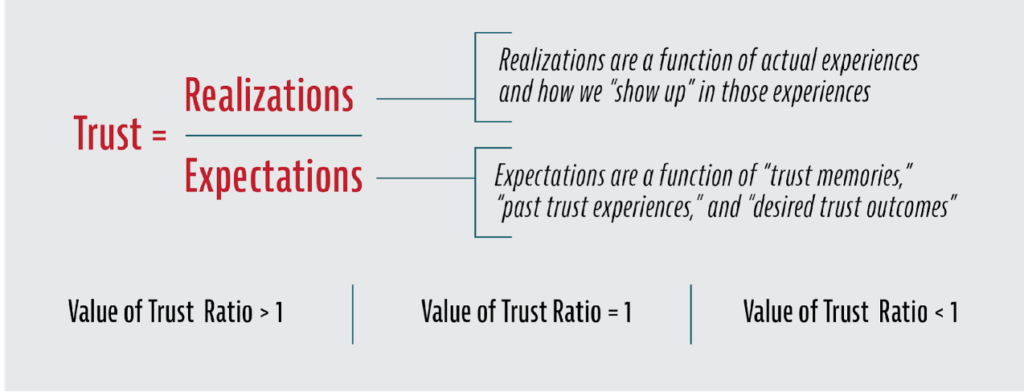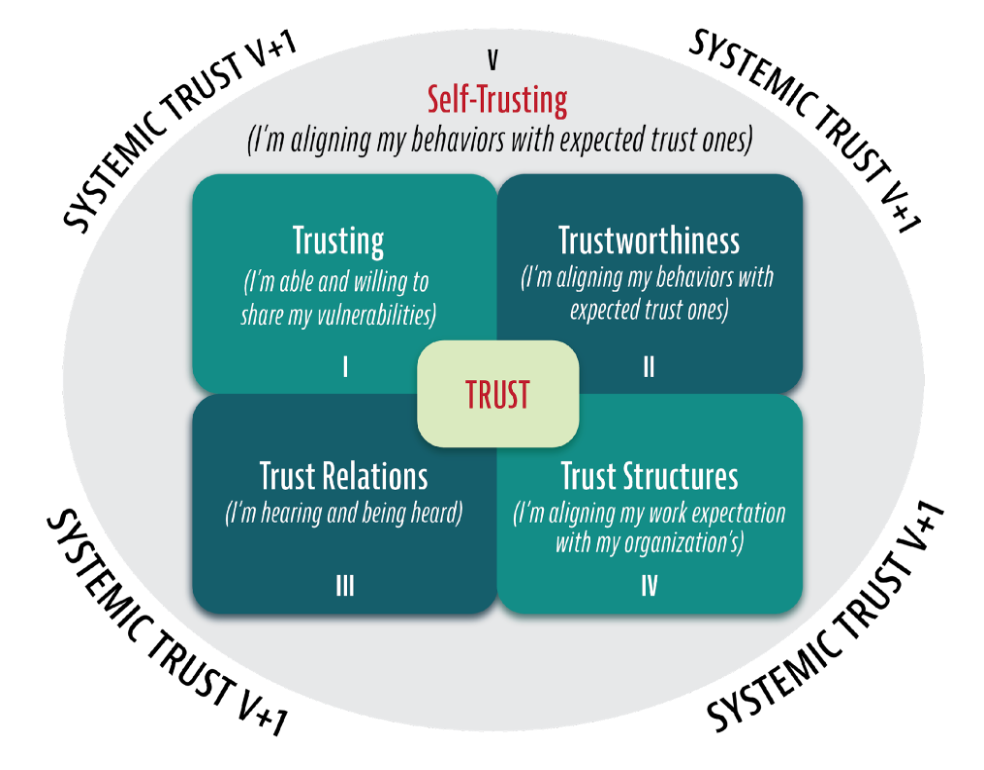A “question” is more than a “question” when it includes an inquiry, a statement (commentary), and an indictment (opinion/judgment).
For example: When are you going to start? Why don’t you stop doing that? What’s keeping you from completing your assignment?
Inquiry, Statement, Indictment (ISI).
What lies behind ISI?
Emotions waiting to be released. Unspoken concerns looking for an outlet.
At the beginning of asking their question, the questioner tries to present a non-expressive demeanor. However, once the “questioning” begins, their behavior becomes animated. Dammed-up energy starts busting loose.
The “questionee” suddenly realizes that “the question” was a cover. So, despite what the questioner was saying, they weren’t interested in an answer or a solution.
If the questionee provides an answer, the questioner will turn it around and bombard them with more ISI’s.
Again, the question – the inquiry/statement/indictment — is a cover for them to express their “contemptuousness.”
Here are some cues:
1. They are expressing a clash in their “known worlds.”
Watch how the questioner becomes dismissive with their body language. Watch their eyes and lips, mainly. They have experienced a violation of their sensibilities, and they want to share their frustrations and disappointments.
2. They don’t want explanations or rationales.
You know this because each response brings additional attacks. The questioner becomes more perplexed. That’s because they need a space to “let loose.” Not answers.
3. They just want an opportunity to express what they feel is wrong and why nothing will ever get better.
You can hear this in their “sounds of frustration.”
We use our Making Trust Happen! Model to unpack the “inquiry-statement-indictment.”Why?” Behind this question is another one and another one because of the dissonance between the questioner’s “expectations” and “realizations.”

We can look at four of the six dimensions of trust in our Making Trust Happen! Model to explore what’s going on.
Trusting: Vulnerability-Based Trust: There’s none.
Because of the absence of “vulnerability,” emotions have been pent up. The questioner has been holding back; they have been unable to be unguarded in their interactions. They aren’t in situations where they can be “trusting.” They can’t “let go.” They’re always looking over their shoulder.
Self-Trusting: Self-Awareness Trust: It’s absent.
The questioner doesn’t feel comfortable being “authentic” or expressing their “agency.” A source of their frustration, indeed.
Trust Relationships: Relationship-Based Trust. It doesn’t exist.
The questioner hasn’t been engaging in “productive conflict.” Instead, they have hesitated to disagree with, challenge, or question one another to find the best answers. Paul Lencioni highlights this point in “The Five Behaviors of a Cohesive Team.” There’s been no surfacing of issues, giving and receiving of feedback, or listening and hearing.
Trustworthiness: Behavior-Based Trust: It’s been violated.
Consequently, “reliability” and “dependability” are absent. As a result, the questionee is unclear about the questioner’s criteria. Expectations are fuzzy; therefore, the questionee can never meet them. If they do, it’s accidental.
“Trust gaps” abound.
The other two dimensions of “trust” are “structural” and “systemic” trust.

